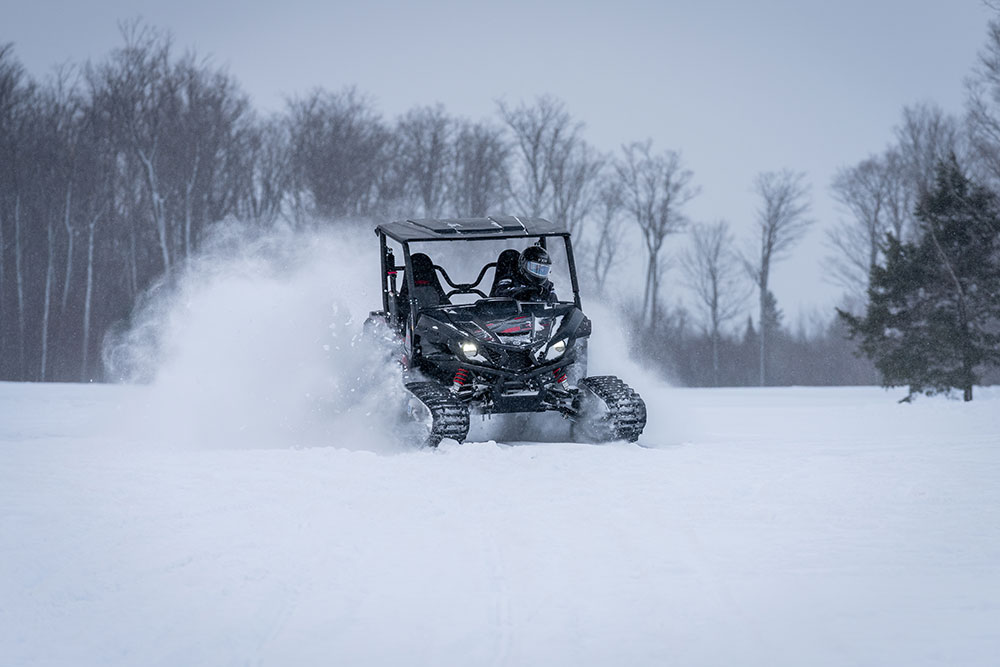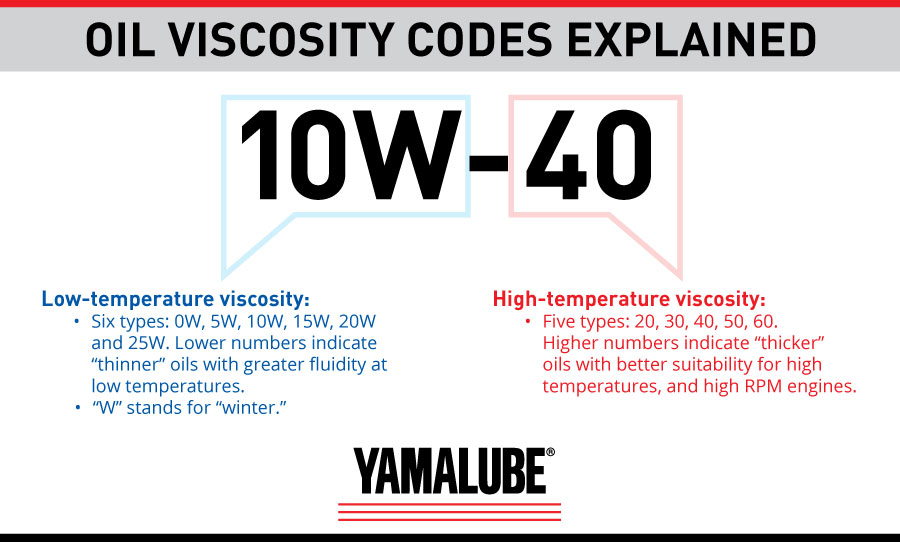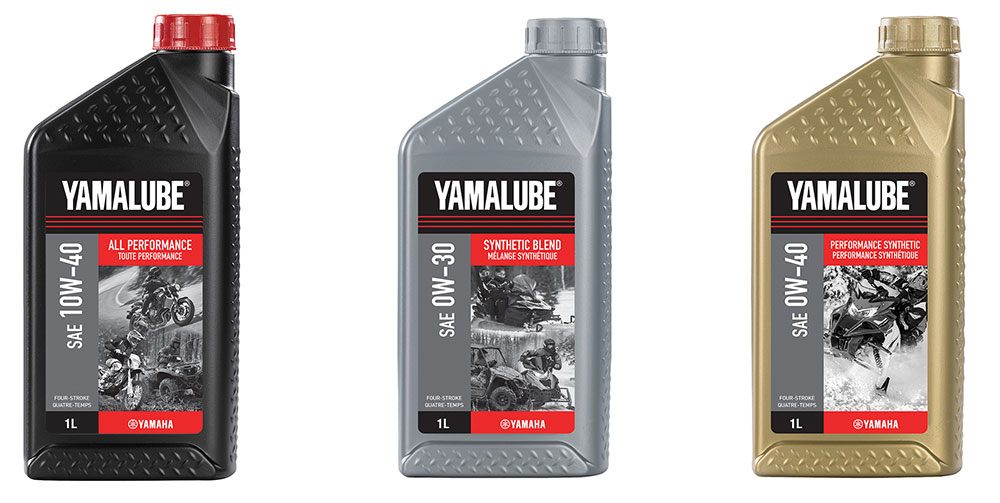When it comes to motorsport engines, each one is designed and tuned to meet the requirements of a specific application. For this reason, choosing the proper oil blend for your engine can determine whether you’re achieving the optimal performance and protection you expect. As you know, every motorsport engine runs at a different rpm range and temperature based on the nature of the sport. But there’s an additional, often overlooked factor that can contribute to engine performance: the outdoor temperature the engine is operating in.
In Canada, between late fall and early spring, it is extremely important to make sure you’re using the correct oil blend for the specific outdoor temperature. Snowmobile engines are a perfect example of a motorsport engine required to run in our cold Canadian weather. When started, the oil temperature in a cold snowmobile engine can be anywhere from zero to -40 degrees Celsius. Once started, the engine will climb to an average temperature between 40-70 degrees. This can also be true for multi-season engines in ATVs, side-by-sides, power equipment and even motorcycles.

In order to start your engine in cold weather without risking damage, specific oil blends have been formulated to be “thinner” which will, in turn, increase pumpability throughout your engine.
Oil Viscosities Explained

Most commonly available motor oils are multi-weight blends designed to address the issues of varying temps and operating conditions. These oils are measured based on their specific viscosity, or weight, which can be interpreted by the viscosity code labeled on the bottle. These three-part viscosity codes depict three separate aspects of measurement for that specific oil blend.
- The starting number indicates the low temperature viscosity of that specific blend, which indicates the ability for the oil to be pumped and flow at colder temperatures. There are six different variations: 0, 5, 10, 15, 20 and 25. The lower the number, the more easily the oil flows in colder temperatures. This means that oil blends with a lower number offer greater fluidity at lower temperatures and are preferred for cold-weather applications—they provide faster oil delivery and allow the engine to reach operating temperature faster.
- The second aspect of the code is the letter W, which stands for winter. This letter, listed after the first number in the formulation, indicates that this specific oil blend can be run in the winter season. However, even though you will see the “W” on a wide range of oil blends, it is still important to remember that the lower the initial number is in the formulation, the better suited it is for colder climates.
- The third and final part of the viscosity code refers to the high-temperature viscosity measurement at engine operating conditions. This viscosity value is important for proper lubrication and protection of your engine. The most popular oil blends for winter use will have a small first number (i.e. 0 or 5), followed by a “W” and then a higher second number (20, 30, 40, 50 or 60). This indicates that the multi-viscosity oil will allow the oil to flow better at low ambient temperatures while providing the same level of protection at full engine operating temperatures.
Mineral vs. Synthetic Grades

When considering the optimal cold weather oil blend for your engine, the grade of oil also becomes a factor. Mineral-based oils, which are made up of Group I and II oil stocks, have a tendency to congeal in colder temperatures because they contain paraffins. Full synthetic oils, made from Group III and IV oil stocks, are engineered with fewer impurities and better properties than mineral-based oil, giving them better extreme low- and high-temperature performance. These higher-grade oil stocks stick to metal parts throughout the engine, allowing for more protection and generally contain higher-performing additives.
See the difference between a 0W-40 full synthetic blend vs. a 20W-40 mineral-grade blend at -20 degrees Celsius in the video below.
It is important to remember that not all oils are safe for motorsports engines; generic automotive oils do not contain the same additives as those specifically designed for ATVs, sleds and motorcycles. If you run a generic automotive oil in an ATV or motorcycle with a wet clutch, you could ruin the clutch as the added friction modifiers will be absorbed and prevent the clutch from grabbing.
In order to obtain maximum performance and optimal protection for your motorsport engine, always check the owner’s manual and/or consult your local dealer about which oil blend is best for you. By matching the season of use with the viscosity code on the bottle, you’ll keep your motorsport engine protected and running at peak performance.


 All Yamaha News
All Yamaha News